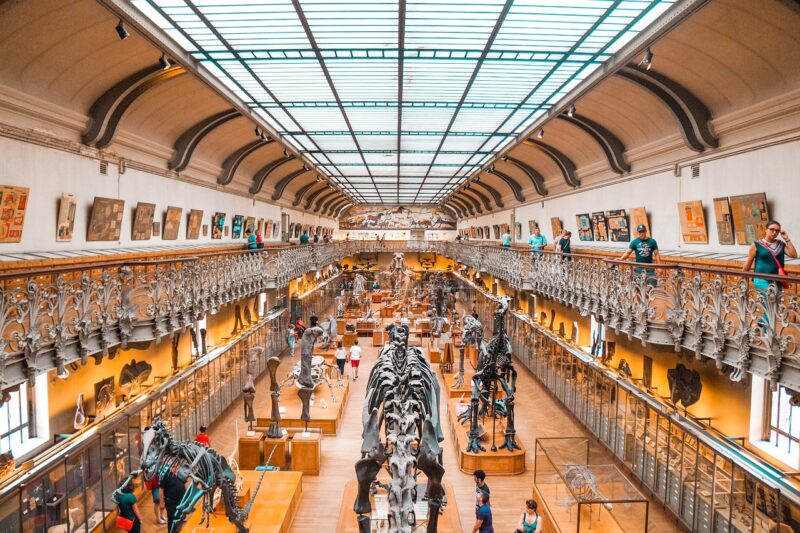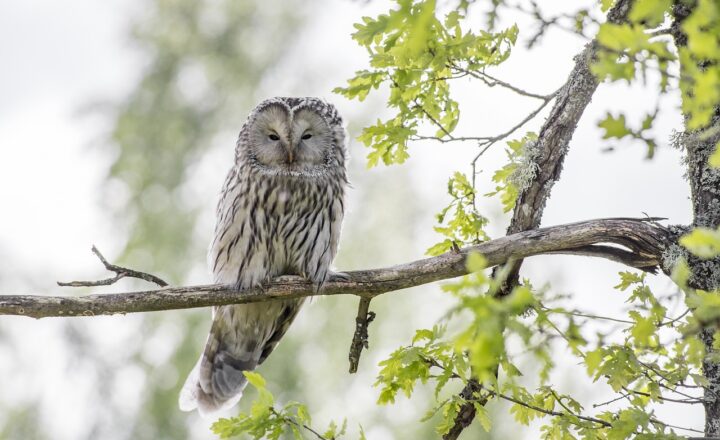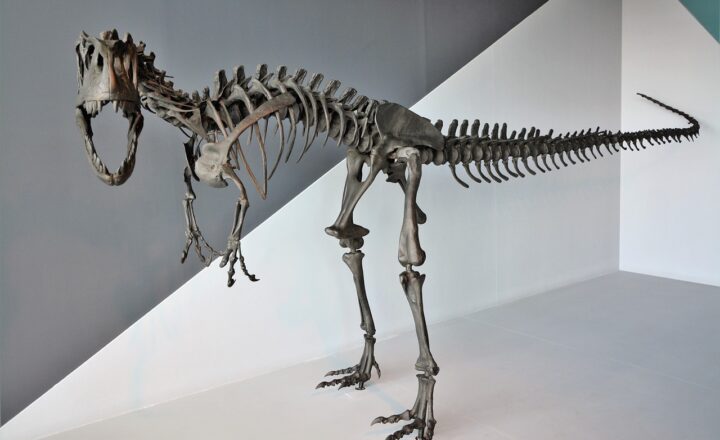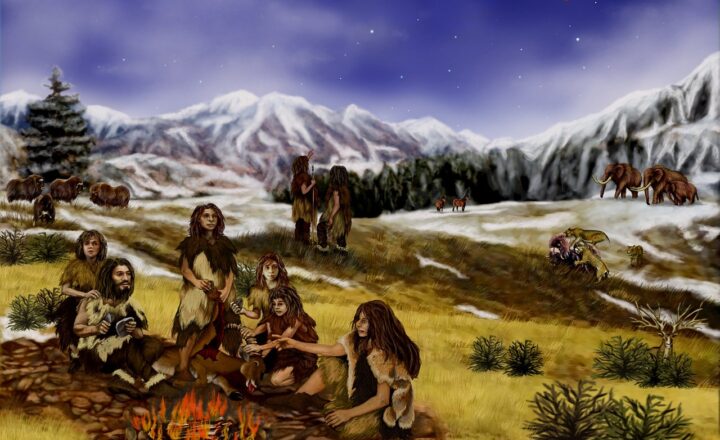How Dinosaurs Communicated: Theories on Sound, Body Language, and Coloration
November 14, 2024

The fascinating world of dinosaurs continues to intrigue us, shedding light on a past era filled with gigantic reptiles roaming our planet. As we study these magnificent creatures, one question often comes to mind: how did they communicate? While they are long extinct, scientists have devoted considerable time and resources to unravel the mysteries surrounding dinosaur communication. This article explores the theories regarding sound, body language, and coloration the dinosaurs could have used to convey messages among themselves.
1. Introduction to Dinosaur Communication
Communication is vital for any species, allowing individuals to convey needs, dangers, and social cues. In contemporary animal behavior, we see a variety of communication methods, from vocalizations to visual signals. Dinosaurs, despite their extinction millions of years ago, likely employed similar methods. This section outlines existing theories about how these prehistoric animals managed to express themselves and interact with each other.
2. Vocal Communication: Sounds of the Dinosaurs
Vocalization is one of the most intuitively understood forms of communication. Various modern animals such as birds, frogs, and mammals use sounds to communicate danger, attract mates, or establish territory.
Research into the anatomy of dinosaurs offers some insights into possible vocal communication. Paleontologists have discovered that many dinosaurs had structures similar to those in modern birds, which could indicate a rich repertoire of vocal sounds.
2.1. Evidence of Sound Production
Evidence supporting the idea that dinosaurs communicated vocally includes:
- Fossilized throat structures such as syrinxes, which are present in birds today and enable complex vocalization.
- The existence of crests and other fossilized anatomical features that could allow sound amplification.
- Comparisons with modern-day relatives, such as birds and crocodiles—the ancestors of dinosaurs—that utilize a diverse range of sounds to establish communication.
The complexities of dinosaur sounds might have played a significant role in their social structure and mating rituals. It’s hypothesized that some species could have produced low-frequency sounds, which travel further, while others might have employed high-pitched calls for close-range communication.
3. Body Language: The Visual Signals of Dinosaurs
Body language is another essential form of communication across the animal kingdom. Similar to modern animals, dinosaurs may also have relied heavily on their physical posture, movements, and gestures to convey messages.
3.1. Posture and Movement
The way a dinosaur carried itself may have revealed its mood or intentions. For example:
- Aggressive dinosaurs may have adopted an upright posture to appear larger when asserting dominance or defending their territory.
- Mating rituals could have included specific movements, such as elaborate displays or synchronized movements, akin to certain bird species today.
- Subdued stances, with lowered heads or tails, may have indicated submission or non-aggression to avoid conflict.
3.2. Tail and Limb Movements
The tails and limbs of dinosaurs were not only critical for movement but possibly also for signaling. For example, a vigorous tail movement could represent agitation or anger, while a slow, deliberate swaying might communicate calmness.
4. Coloration as a Communication Tool
Coloration plays a vital role in the communication of many modern species, serving various purposes from camouflage to signaling reproductive status. Although direct evidence is harder to determine for dinosaurs, certain theories suggest that coloration could have been a pivotal form of expression for these creatures.
4.1. Suggestive Evidence of Color Patterns
Fossilized remains of certain dinosaurs show signs of possible feathering and skin patterns, indicating quality of coloring akin to that seen in existing birds. This opens up a realm of possibilities concerning the visual communication of these creatures:
- Bright colors may have been used in mating displays, similar to how peacocks flaunt their feathers to attract mates.
- Dull and muted patterns could symbolize warning signs or be utilized for camouflage in specific environments, preventing detection by predators.
- Color variations might indicate social status within species or group hierarchy, enabling individuals to identify allies or rivals quickly.
The interplay of color and pattern could have significantly impacted social interactions among dinosaurs in various contexts.
5. The Interplay of Communication Methods
Dinosaur communication likely encompassed a combination of sound, body language, and coloration. Such methods may have worked together much like they do in contemporary animal societies.
For instance, the sounds produced by dinosaurs might have been paired with specific body postures and color displays in mating rituals. Understanding these interactions can provide further insight into the sophisticated social structures of these ancient animals.
The evolution of communication in animals demonstrates a gradual adaptation to environmental needs, and dinosaurs were no exception. Their communication mechanisms may have played a crucial role in survival, reproduction, and social interactions.
6. Conclusion: A Window into the Past
As we strive to understand how dinosaurs communicated, it’s crucial to glean insights from both fossil evidence and comparisons with modern species. Theories regarding vocalizations, body language, and coloration reveal a rich tapestry of potential interactions.
It’s a reminder of the complexity of life on Earth, even in the distant past. While there is still much more to uncover about these magnificent creatures, we can appreciate the communication techniques that made their existence vibrant and dynamic. The future of paleontology promises exciting discoveries that will continue enhancing our understanding of not only dinosaurs but the evolution of communication in the animal kingdom at large.
As we piece together this intricate puzzle, we come closer to reconstructing the lives of these colossal beings and their social behaviors, cementing their place in the grand narrative of life on our planet.








